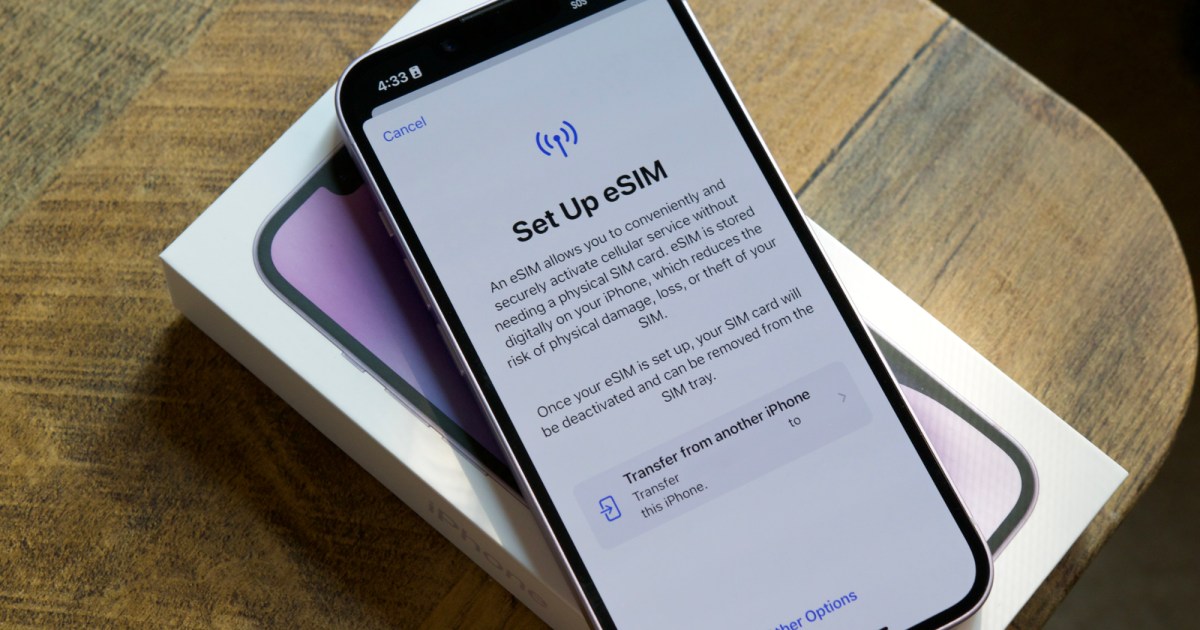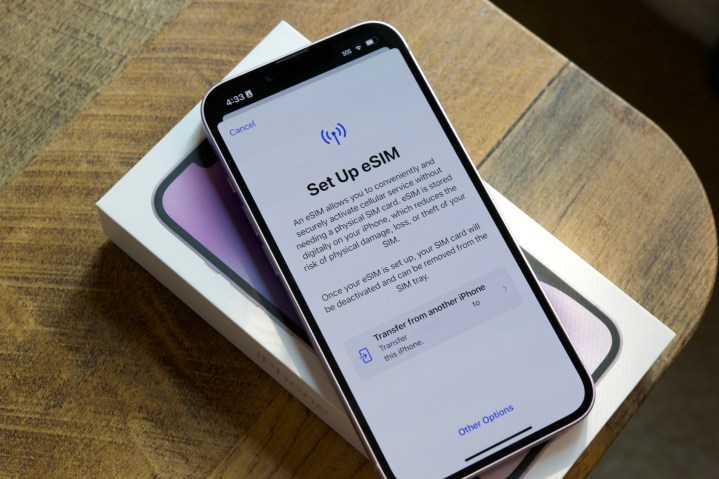
If you’ve purchased a new cell phone in the past decade or so, you’re probably already familiar with the SIM — a little thumbnail-sized card that needs to be inserted to connect your phone to your carrier’s cellular network and plan. It’s been a staple of cellular technology for nearly two decades, but in recent years smartphone makers and carriers have started moving to a new way of doing things: replacing the physical, removable SIM card with something called an eSIM.
In this case, the “e” stands for “embedded,” which makes sense as this is a SIM card that stays inside your phone and can’t be removed. It performs the same function as a traditional SIM card but has the potential to make things a lot simpler for most smartphone users.
What is a SIM card?
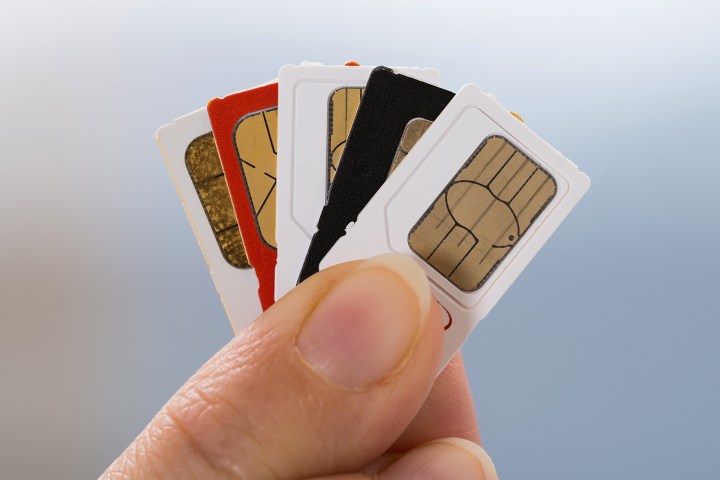
SIM cards, short for Subscriber Identity Module, began as a core feature of the 2G GSM standard over 20 years ago. We take SIM cards for granted today, but they were actually a breath of fresh air in an era when other cell phones had to be directly programmed with carrier information manually — usually by a technician at the store. In those early days, not every carrier supported SIM cards since they weren’t part of the competing CDMA cellular standard. However, SIM cards were such a great idea that GSM prevailed, 2G CDMA rode off into the sunset, and SIM cards became integral to 3G and all the modern cellular technologies that followed.
A SIM card sits in a special tray and slides into a device like a drawer. It’s typically supplied by your carrier and pre-programmed with account information like your phone number and the security keys needed to identify and authenticate your phone on your carrier’s network. SIM cards can also store contacts and SMS messages, although these features are rarely used as today’s smartphones are much more powerful.

Without this card, your phone doesn’t even have a valid phone number, so you won’t be able to make or receive calls on a wireless network. The U.S. and many other countries require that phones are able to place calls to emergency services, even without a SIM card — but that’s an exception.
This small card has a notch on one corner with gold circuits on one side that connect to a card reader inside your phone. SIM cards come in four different sizes — standard, mini, micro, and nano — so you need to ensure you get the correct size for the phone you’re using.
Most significantly, since a SIM card is removable, you can easily remove it from one device and insert it into another. This allows you to upgrade your phone without calling your carrier. It’s also a great way to avoid roaming charges when traveling by setting up a pay-as-you-go service with a local carrier at your destination; swap out your regular SIM card, pop in a card from a local carrier, and you’ll have a new phone number on their network. You can often pick up prepaid SIM cards at airport kiosks and be up and running with a local number minutes after you land.
However, the traditional SIM card is also a double-edged sword. As easy as a removable SIM card makes it to switch your service over to a new phone, it’s also another part that you have to fiddle with, and of course, it can be damaged, lost, or even stolen — unless you take steps to set a PIN on your SIM card (which can be a hassle in its own way), anybody who gets their hands on your SIM card can take over your number and either rack up charges on your account or receive text messages that are sent to you to break into your online accounts.
What is an eSIM?

Enter the embedded SIM — also known as eSIM. As the name suggests, this is a SIM card that’s built into your smartphone and can’t be removed. It performs the same function as a traditional SIM, except that it’s programmable and physically connected (soldered) to your smartphone’s motherboard.
This may seem problematic at first glance. For instance, when traveling abroad using phones with removable SIM cards, you can swap to another carrier’s SIM card to get local coverage and avoid paying roaming fees from your primary carrier. Likewise, if you want to switch local carriers but keep your phone, a removable SIM card can be popped out and easily replaced with a new one in seconds. Your first impression may be that this is impossible with an eSIM.
However, eSIM technology actually makes switching carriers even easier, at least in theory. Instead of waiting for a new SIM card to ship or making a trip to a local store to pick one up, you can make the switch right on your phone by entering information from your carrier — often just by scanning a QR code with your smartphone’s camera. If your smartphone has an eSIM inside, you’ll find options in the settings that allow you to configure your eSIM, switch between lines and carriers, and manage your accounts. If you’re a dual-SIM user, eSIM technology may even support multiple accounts — and switching between them is super easy.
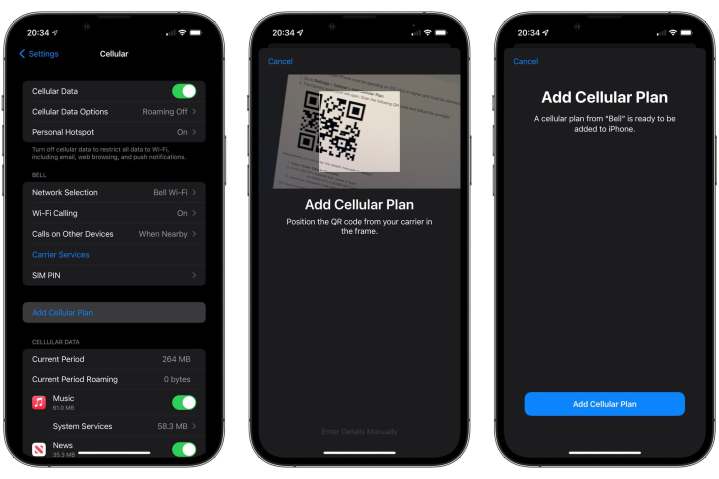
Unfortunately, while getting an eSIM should be easier than obtaining a physical SIM, that’s not always the case. Some carriers have taken longer than others to embrace the seamlessness of eSIM, and it’s not uncommon to encounter a few that still want to mail you your eSIM codes or have you visit a store before you can set up your phone. That takes away one of the biggest advantages of using an eSIM, but thankfully most carriers are working quickly to catch up with the times.
The other significant benefit of eSIM technology is the space saved by removing a physical SIM tray. Devices can be smaller because the eSIM chip is embedded in the device’s motherboard — there’s no unnecessary space taken up by placing a slot and tray on the outside edge of the device. This allows for thinner designs and larger batteries. It also helps with improving water resistance by eliminating another place where moisture can get inside your phone.
Devices with eSIM technology

Apple introduced eSIM in 2017 with the Apple Watch Series 3, the first LTE-capable Apple Watch. While the Apple Watch uses eSIM exclusively, when the iPhone XS and iPhone XR debuted the following year, Apple added eSIM to complement the physical SIM card slot and offer support for two phone lines. Apple also added eSIM to the 2018 iPad Pro, although it didn’t remove the physical SIM card slot; eSIM was offered as an alternative for those who preferred to use that to set their iPad up for cellular service instead of a physical SIM.
Apple continues to use a combination of a physical SIM card and eSIM in nearly all iPhone models. However, last year, the iPhone 13 gained support for using two eSIM cards, letting users get dual-SIM support without the need for a physical SIM card. That paved the way for this year’s iPhone 14 lineup, where Apple has now removed the physical SIM card slot entirely on U.S. models, making eSIM the only way to get your iPhone 14 activated on a carrier network.
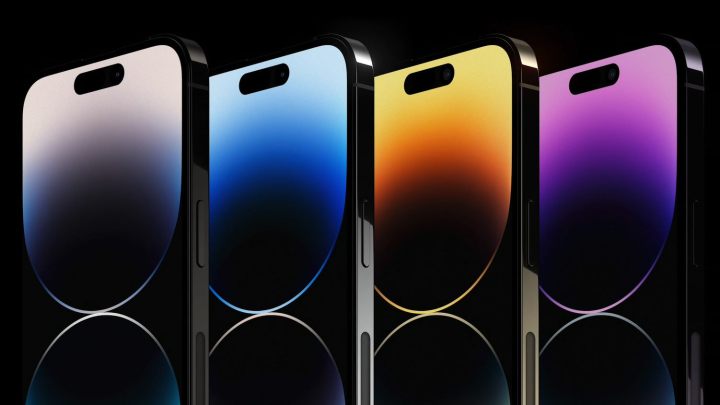
iPhone 14 models sold in most other countries still include two eSIM cards and one physical SIM card slot, the same as the iPhone 13. The notable exception to this rule is China, where eSIM has never been included on an iPhone. Instead, when Apple debuted the iPhone XS/XR in China, it provided two physical SIM card slots. That practice has continued to this day, even with the iPhone 14 lineup, which still sports two physical SIM slots in China — and no eSIM at all.
However, if you’re in the U.S. and want a physical SIM card slot on your iPhone 14, there’s one thing you’ll want to keep in mind before hopping up to Canada or down to Mexico to do a little cross-border shopping. Although all North American iPhone models support the same 4G/LTE, low-band 5G, and mid-band 5G frequencies, only the U.S. iPhone models support the mmWave 5G used for the fastest portions of Verizon’s 5G Ultra Wideband and AT&T’s 5G Plus coverage.
When can I start using an eSIM?
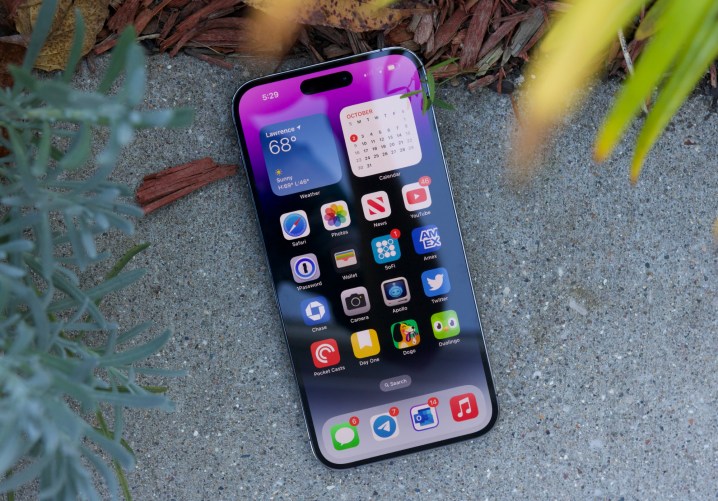
Chances are, your mobile device already has an eSIM card, as we’ve outlined above. Laptops with cellular connectivity mostly connect using eSIM technology, like the Surface Pro X and various models from Acer, Asus, Dell, HP, Lenovo, and Samsung. You will still see cases where SIM cards are employed in laptop designs, but that’s becoming far less common.
Until eSIM tech becomes the universal standard, many phones will still have a tray designated for a removable SIM card. There’s nothing wrong with using one of these phones — it’s just an older means to identify you on a carrier’s network. Still, swapping out a SIM card can be troublesome, given its size and delicate do-not-touch circuits. Managing an eSIM is easier for everyone, whether you’re switching phones or moving to another carrier.
If you’re using a dual-SIM phone with both a physical SIM card and eSIM, such as an iPhone or Google Pixel, you may also be able to transfer your physical SIM information directly to your eSIM. Many carriers allow for this, and iOS and Android provide tools to make it quick and easy. Once that’s done, you can toss your old SIM card aside and free up that slot for a physical SIM card for traveling.
Nevertheless, while you’ll want to check ahead, you may be pleasantly surprised to find how many international carriers support eSIM, and it’s hard to argue that it’s much easier to scan a QR code than trying to fiddle with swapping out a small and fragile SIM card, especially when traveling through a busy airport.
Editors’ Recommendations

